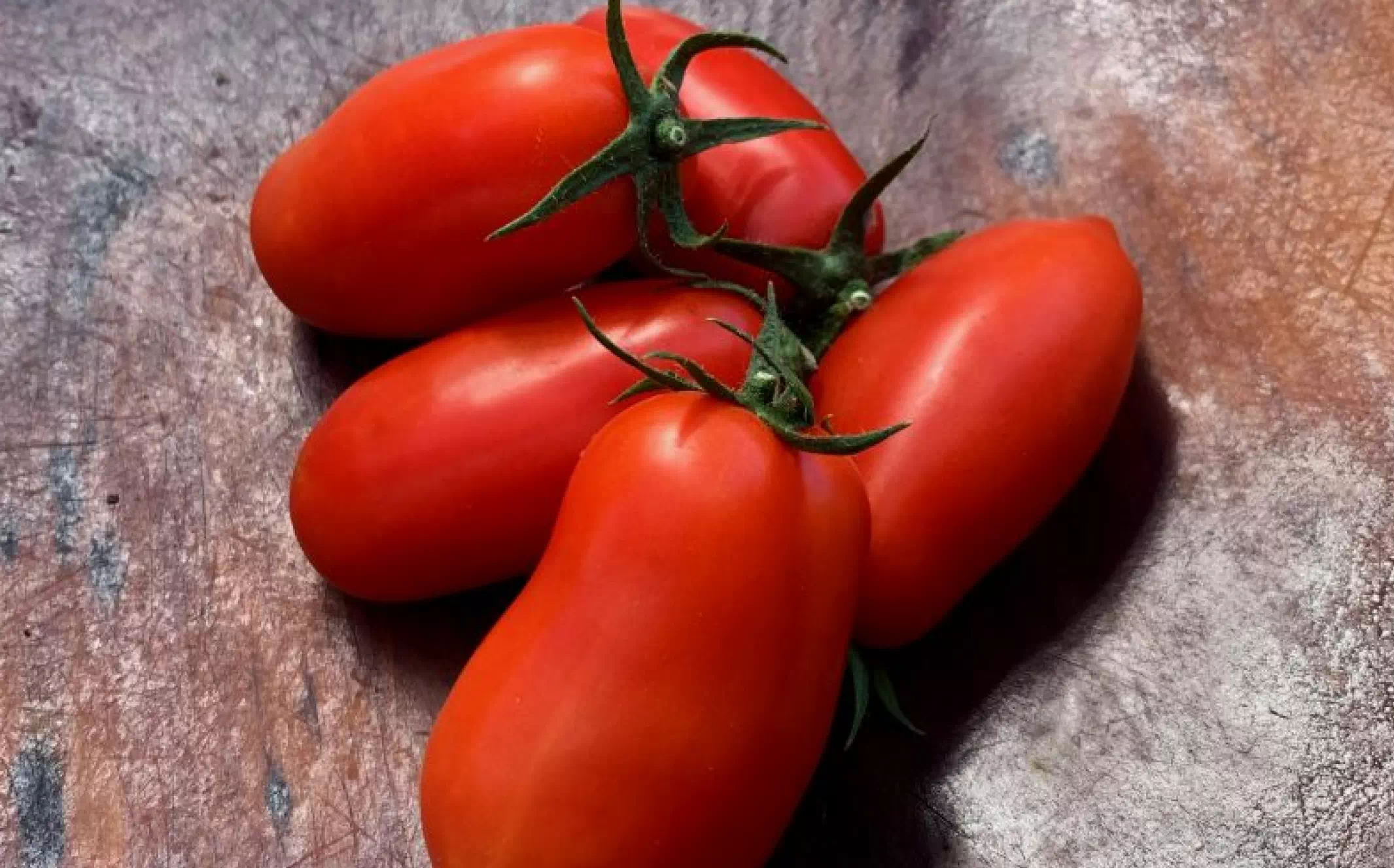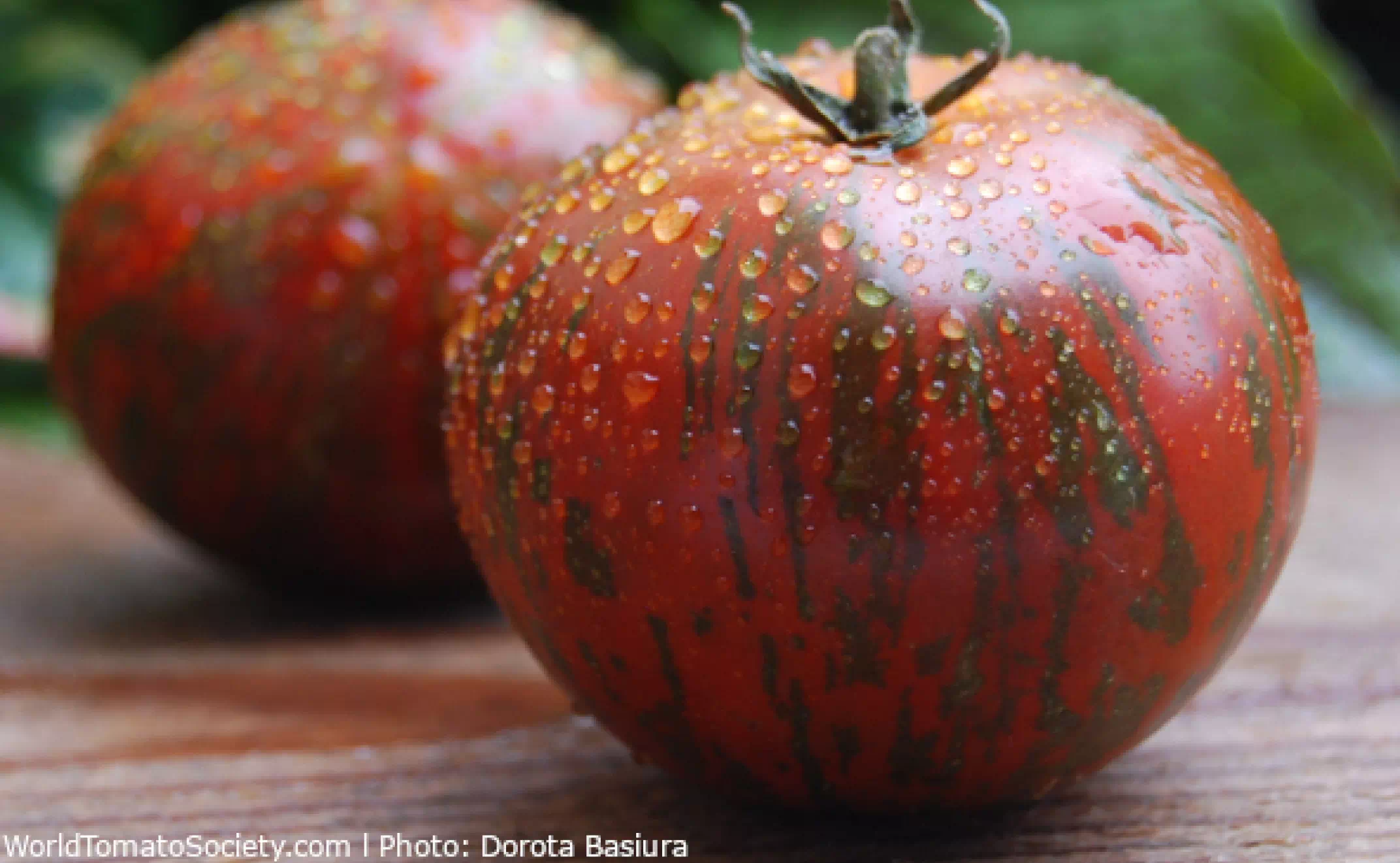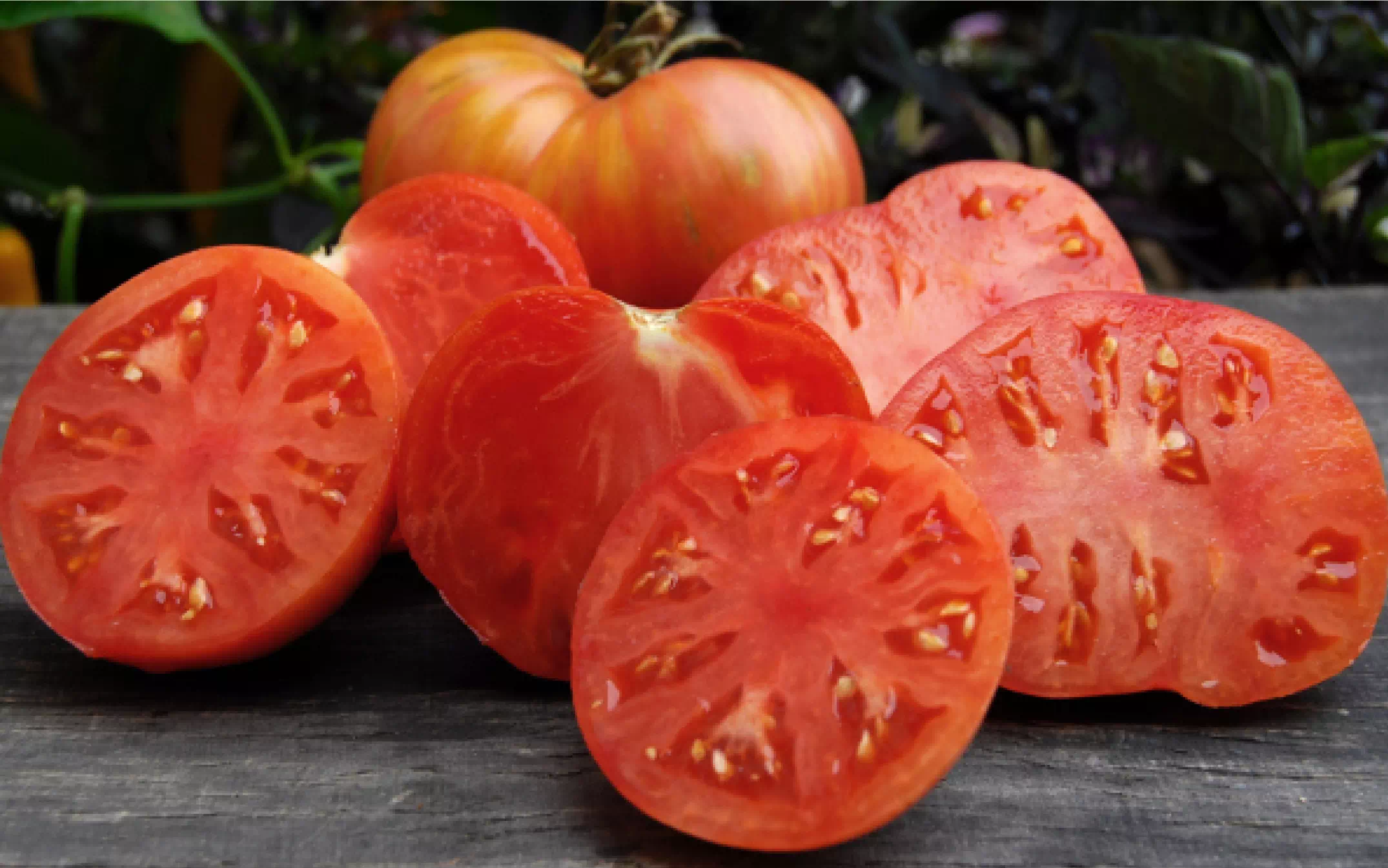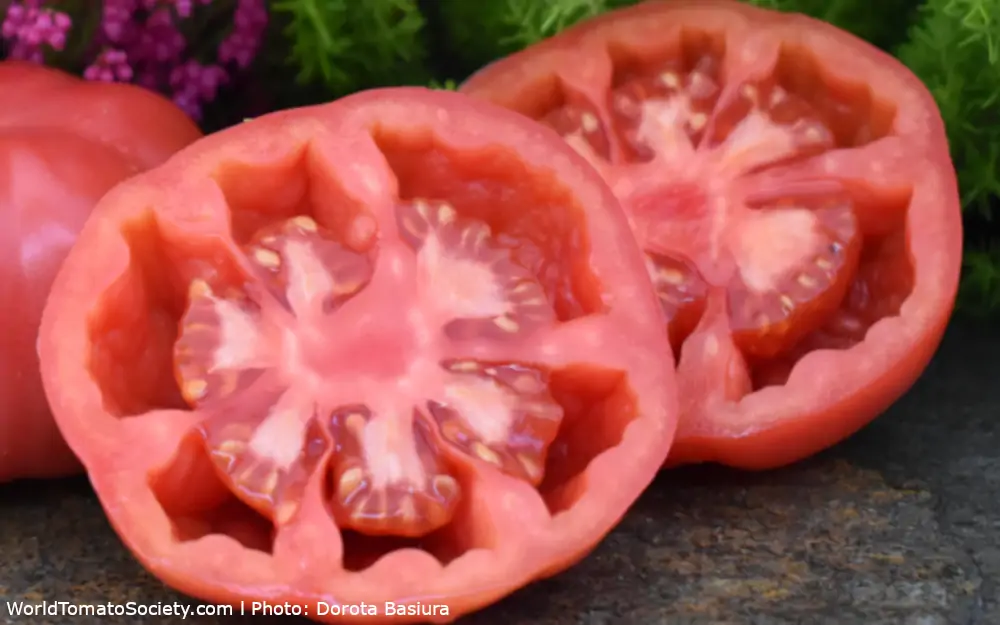Tomatoes are eaten and loved raw – straight from the vine, sauté like an apple, and in various types of salads, salsas, or sandwiches. Cherry-sized tomato varieties make an excellent snack and the juice made from fresh tomatoes is a great addition to a daily, healthy diet.
These fruits acquire a rich taste after cooking. Various types of sauces and stews are prepared from them and added to pasta, rice dishes, groats, meats, and fish. The richness of flavors and nutritional values in cooked tomatoes makes them perfect for preserving and canning, which allows us to enjoy their taste all year round. It is safe to say that the culinary world without tomatoes would be extremely poor.
Below are the different types of tomato fruits, broken down into recommended culinary uses. Of course, culinary tastes vary and everyone can choose what they like best. Some tomato varieties, however, have characteristics that make them taste better when eaten raw, and others are better for cooking or canning.
Paste, sauce, and canner tomatoes have firm, dense, meaty flesh and a small amount of seed and gel. They also are much less juicy than other types, which makes them perfect for cooking and preserves.


Tomatoes, which are best for salads are usually small, saladette, and cherry-type fruit.
Slicer tomatoes medium, large, and extra large, round, juicy, and meaty tomatoes. Sliced perfectly fit on a sandwich. These types of tomato fruit include huge beefsteak tomatoes as well as smaller, round, and oblate ones.


Stuffer tomato varieties produce fruit that contains a small amount of seed and gel in the center of the fruit. This type of tomato fruit usually has thick walls which makes them perfect for stuffing with different types of fillings.